Cold air, indoor heating, and harsh winds can leave your skin tight and your hair brittle. The shift in weather demands more than your usual routine, and ignoring it often leads to dryness, irritation, and dullness. You can protect your skin and hair in winter by adjusting your care routine to lock in moisture, reduce damage, and maintain balance.
You don’t need complicated steps to make a difference. Simple changes like using lukewarm water, applying moisturizer to damp skin, and conditioning your hair regularly help shield against the season’s dryness. Paying attention to these small habits keeps your skin comfortable and your hair strong.
Hydration, gentle cleansing, and consistent protection form the foundation of effective winter care. Once you know how to adapt your routine, you’ll find it easier to keep both skin and hair healthy no matter how cold or windy it gets.
Key Takeaways
- Cold weather strips natural moisture from skin and hair
- Small routine changes help maintain hydration and strength
- Consistent protection prevents seasonal dryness and damage
Understanding Winter’s Impact on Skin and Hair
Cold air, strong winds, and indoor heating all work together to reduce moisture in your skin and hair. These conditions can leave you dealing with dryness, irritation, and a weaker skin barrier if you don’t adjust your care routine.



How Cold, Dry Air Affects Skin Health
When temperatures drop, humidity levels in the air also fall. With less moisture in the environment, your skin loses water faster, leading to dry skin and a tight, uncomfortable feeling.
Low humidity also weakens your skin barrier. A compromised barrier makes it harder to retain hydration and easier for irritants to cause redness or flaking. This is why even healthy skin can feel rougher and more sensitive in winter.
Your face, hands, and lips are especially vulnerable because they’re often exposed. Applying a rich, fragrance-free moisturizer right after cleansing helps lock in water before it evaporates. Using creams instead of lotions can give you better protection.
The Effects of Wind on Skin and Hair
Cold wind strips away the thin layer of natural oils that protect your skin and scalp. Without this barrier, skin becomes more prone to redness, irritation, and flare-ups of conditions like rosacea or eczema.
Wind exposure also pulls moisture from your hair, leaving it brittle and more likely to break. If you already have dry or textured hair, you might notice frizz and split ends appear more often in the colder months.
You can reduce damage by covering your face and hair with scarves or hats. For extra protection, look for wind-blocking balms for your cheeks and a leave-in conditioner for your hair to minimize moisture loss.
Why Indoor Heating Contributes to Dryness
While heating keeps you warm, it lowers indoor humidity, which dries out both skin and hair. This constant exposure can cause flaking, itching, and even worsen cracked skin on your hands or heels.
Your skin care routine should include hydration from both inside and outside. Drinking water supports skin health, but adding a humidifier helps replace lost moisture in the air.
To protect against heating-related dryness, use a gentle cleanser that won’t strip natural oils. Immediately after washing, apply an emollient-rich cream to help restore your skin’s protective barrier and reduce irritation.
Essential Winter Skin Care Strategies
Cold air, low humidity, and indoor heating can strip your skin of moisture, leaving it dry and irritated. Focusing on hydration, barrier support, and gentle cleansing helps you keep your skin comfortable and resilient throughout the season.
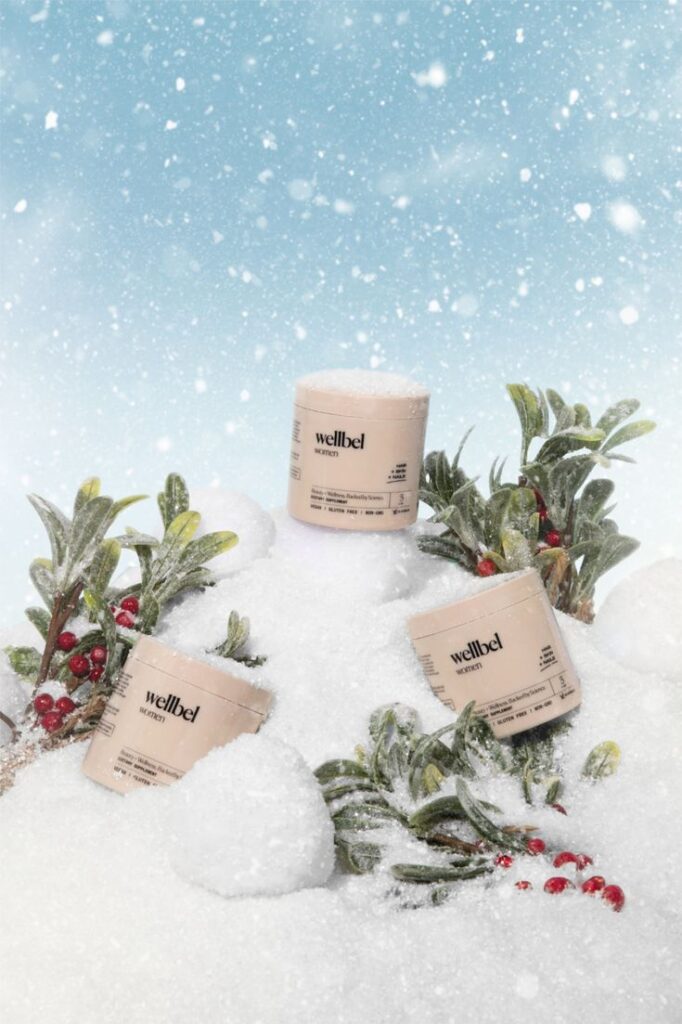
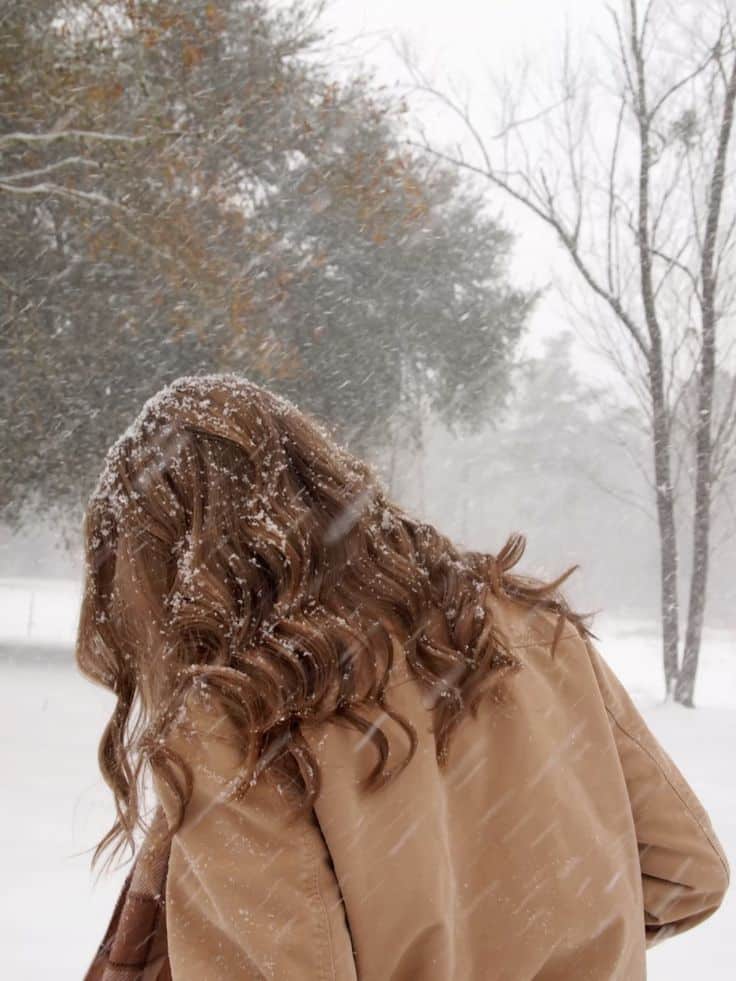

Choosing the Right Moisturizers
Your skin needs a moisturizer that does more than just sit on the surface. Look for formulas with occlusives like petrolatum or shea butter to lock in hydration, humectants such as hyaluronic acid or glycerin to draw in water, and emollients like ceramides to smooth rough areas.
Heavier, oil-based creams or ointments often work better than lotions in cold weather. Brands like Cetaphil and CeraVe offer affordable, fragrance-free options that are less likely to irritate sensitive skin.
Apply moisturizer right after bathing or washing your face, when your skin is still slightly damp. This helps trap water in the outer layer and maximizes hydration. For very dry patches, layering a hydrating serum under your cream can add extra relief.
Strengthening the Skin Barrier
The skin barrier acts as your first line of defense against dryness, irritation, and environmental stress. When it’s weakened, you may notice redness, flaking, or increased sensitivity. Supporting barrier health becomes especially important in winter.
Choose products with ceramides, niacinamide, and fatty acids, as these ingredients help restore and reinforce the natural protective layer. Moisturizers labeled “barrier repair” can be particularly useful if you deal with eczema or frequent irritation.
Avoid harsh soaps and alcohol-based toners that strip natural oils. Instead, stick to mild cleansers like Cetaphil Gentle Skin Cleanser, which clean without leaving your skin tight or dry. Protecting your barrier also means limiting hot showers, since heat can break down lipids and worsen dryness.
Daily Cleansing and Exfoliation
Cleansing remains important in winter, but your routine should be gentle. Opt for sulfate-free cleansers that remove dirt and excess oil without stripping away essential moisture. Washing with lukewarm water rather than hot water also helps prevent irritation.
Exfoliation can improve texture and allow moisturizers to penetrate better, but it’s easy to overdo. Limit exfoliation to once or twice a week with a mild chemical exfoliant containing lactic acid or polyhydroxy acids.
Skip abrasive scrubs, which can damage the surface of dry skin. After exfoliating, always follow with a rich moisturizer to replenish hydration and keep your skin barrier intact.
Moisturizing Solutions for Dry Winter Skin
Cold weather often leaves your skin tight, flaky, and uncomfortable. Choosing the right products and applying them correctly helps you keep skin moisturized, soft, and better protected from harsh winter conditions.



Benefits of Shea Butter and Nourishing Creams
Shea butter provides rich hydration because it contains natural fatty acids that support the skin barrier. When you use it in a cream or balm, it creates a protective layer that reduces water loss and keeps skin feeling smoother.
Nourishing creams with ingredients like ceramides, squalane, or cocoa butter also help restore balance. These options work well for dry areas such as elbows, knees, and cheeks, which often become rough in cold weather.
If you prefer lighter options, look for creams labeled fragrance-free or sensitive skin–friendly. These reduce irritation while still locking in moisture. Applying them after a shower or face wash helps maximize absorption.
Keeping Skin Moisturized All Day
Moisture fades during the day, especially indoors where heating systems lower humidity. To maintain hydration, apply a thicker cream in the morning and reapply as needed to areas that feel tight.
Layering products can also make a difference. Start with a hydrating serum containing hyaluronic acid, then seal it in with a cream rich in emollients. This combination keeps your skin moisturized longer by holding water in the upper layers.
You can also support your skin by adjusting daily habits:
- Limit hot showers to avoid stripping natural oils.
- Use a humidifier to add moisture to indoor air.
- Carry a small travel-size cream for touch-ups.
Protecting Hands with Hand Cream
Your hands often dry out faster than other areas because frequent washing and cold air strip away moisture. A hand cream with shea butter, glycerin, or almond oil can help restore softness and prevent cracking.
Keep a tube near your sink and apply it right after washing. This seals in water and reduces dryness from soap. If your hands feel rough at night, apply a thicker layer and wear cotton gloves to lock in hydration.
Choosing a non-greasy formula makes it easier to reapply throughout the day without leaving residue, so your skin stays comfortable while you work or use devices.
Winter Hair Care for Protection and Hydration
Cold, dry air can strip your hair of moisture, leaving it brittle and prone to damage. Indoor heating, harsh winds, and frequent use of heat styling tools can make these issues worse if you don’t adjust your routine.

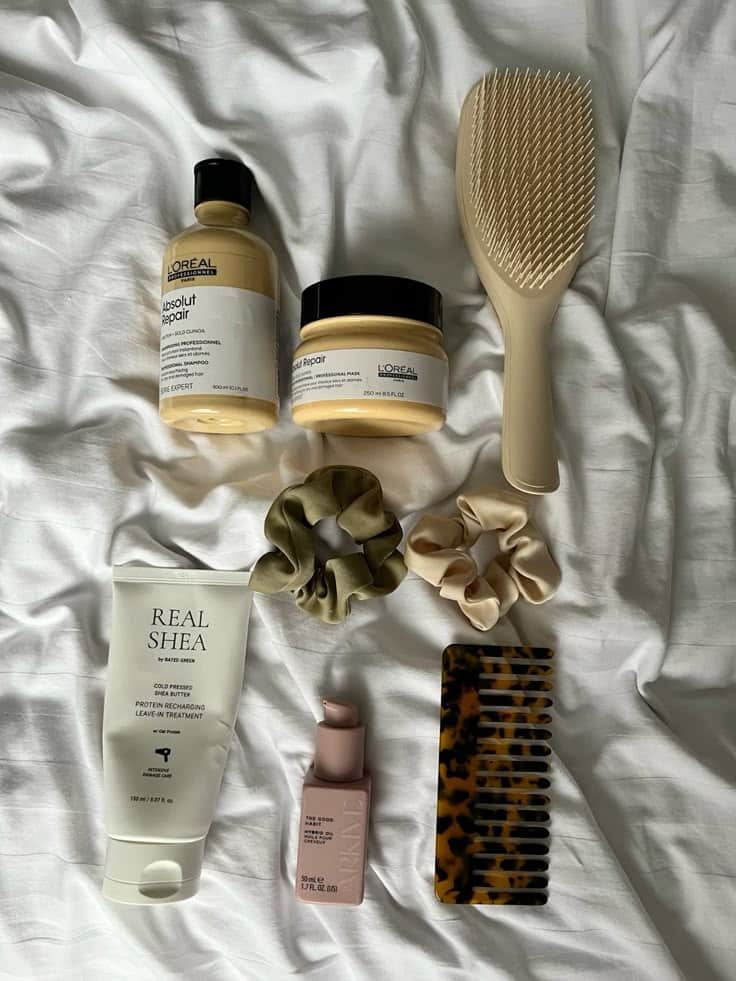

Preventing Dryness and Breakage
You can reduce winter dryness by switching to a hydrating shampoo and conditioner that helps lock in moisture. Look for products with ingredients like glycerin, shea butter, or natural oils, since these coat the hair shaft and prevent water loss.
Weekly deep conditioning treatments add an extra layer of hydration. A rich mask or oil treatment can smooth the cuticle, making your hair less prone to breakage.
Limit hot water exposure during showers. Hot water strips away natural oils, so rinsing with lukewarm water helps preserve moisture.
Trimming your ends every 6–8 weeks prevents split ends from traveling up the shaft. Even small trims can keep your hair healthier through the season.
Shielding Hair from Wind and Cold
Wind and freezing temperatures weaken hair fibers and cause tangling. Wearing a silk or satin-lined hat reduces friction and prevents static compared to wool or cotton linings.
If you prefer scarves or hoods, choose smooth fabrics that won’t rough up the cuticle. You can also tuck your hair into your coat or braid it to reduce exposure.
Before stepping outside, apply a leave-in conditioner or lightweight oil to add a protective barrier. This helps seal moisture and makes strands less vulnerable to harsh air.
Avoid going outdoors with damp hair. Wet strands are more fragile and can freeze in extreme cold, leading to breakage.
Scalp Care During Winter
Your scalp often becomes dry and itchy in winter due to low humidity and indoor heating. Using a gentle, sulfate-free shampoo helps cleanse without stripping natural oils.
Adding a hydrating scalp treatment once or twice a week can soothe irritation. Look for products with aloe vera, jojoba oil, or tea tree oil for both moisture and balance.
A humidifier in your home adds moisture to the air, which benefits both your scalp and hair. Staying hydrated by drinking enough water also supports scalp health from within.
Try to limit heavy styling products that build up on the scalp. Keeping it clean yet moisturized ensures healthier hair growth through the season.
Sun Protection and Additional Tips for Winter
Cold, dry air can weaken your skin’s barrier, while indoor heating reduces moisture levels. At the same time, UV rays still reach your skin in winter, and your daily habits play a major role in keeping both skin and hair healthy.
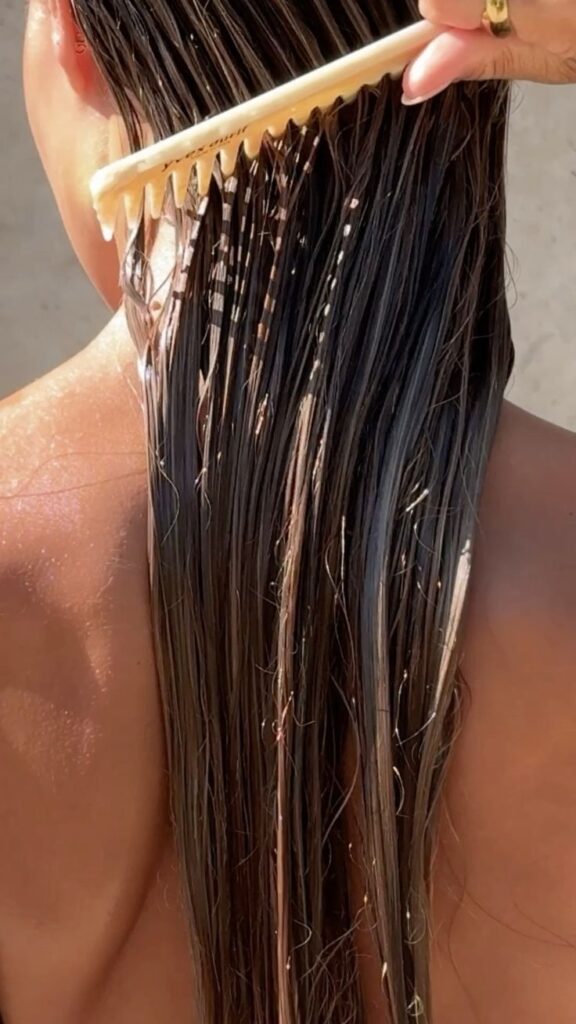
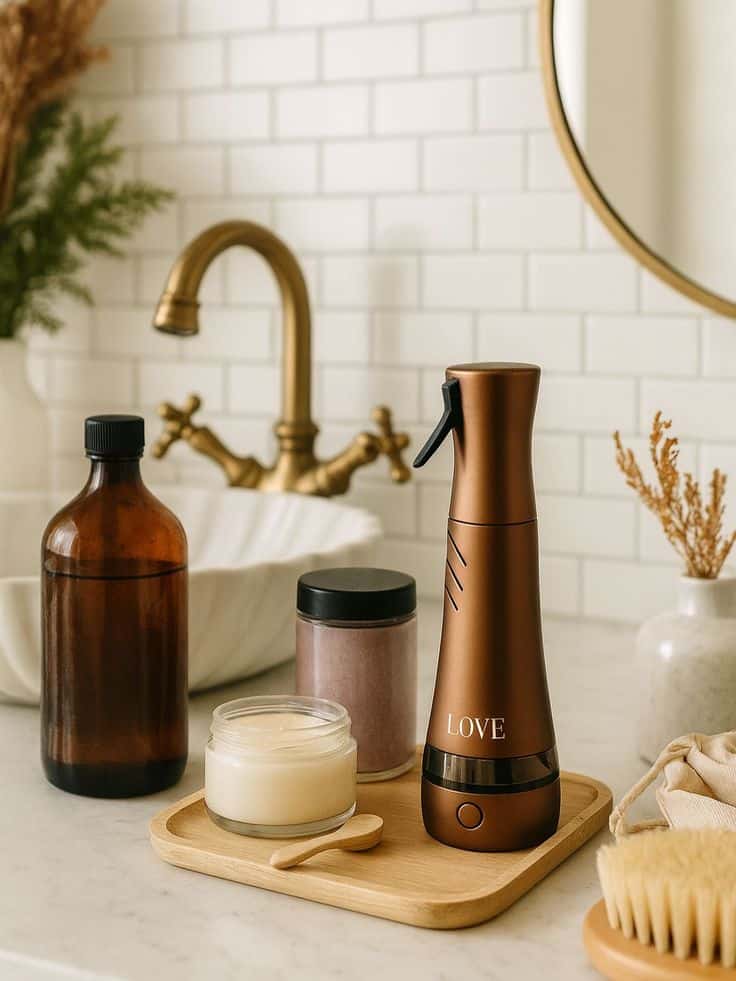

Why Sunscreen Matters in Cold Weather
Even when the temperature drops, UV radiation doesn’t disappear. Snow can reflect up to 80% of UV rays, which means you’re exposed from above and below. This makes sunscreen just as important during winter as it is in summer.
You should apply a broad-spectrum sunscreen with SPF 30 or higher to all exposed areas, including your face, neck, and hands. Reapply every two hours if you spend extended time outdoors, especially while skiing, hiking, or walking in snowy conditions.
Choose a formula that suits your skin type. For dry skin, a sunscreen with added moisturizers like glycerin or hyaluronic acid helps prevent flakiness. If your skin is oily, look for lightweight, non-comedogenic options that won’t clog pores.
Protective clothing also adds an extra layer of defense. A scarf, hat, or sunglasses shields your skin from windburn and reduces UV exposure. Combining these measures helps lower the risk of premature aging and irritation during winter months.
Hydration and Lifestyle Habits for Healthy Skin
Your skin loses moisture faster in cold, dry air, so hydration should be part of your daily routine. Drinking enough water supports your skin from within, while using a humidifier helps restore moisture levels indoors.
Moisturize right after showering or washing your face, while your skin is still slightly damp. This locks in water and strengthens your skin barrier. Opt for thicker creams or ointments instead of light lotions, as they provide longer-lasting protection.
Diet also plays a role. Foods rich in omega-3 fatty acids, such as salmon, walnuts, and flaxseeds, support skin hydration. Limiting alcohol and caffeine reduces dehydration, which can worsen dryness.
Small changes like wearing gloves outdoors and avoiding overly hot showers also prevent irritation. These habits protect your skin’s natural oils and reduce the chances of cracking or itching.
Nighttime Routines for Skin Repair
Your skin repairs itself while you sleep, making nighttime care especially important in winter. Applying a nourishing moisturizer or overnight mask helps replenish lost hydration and supports recovery from daytime stress.
Look for products with ceramides, shea butter, or hyaluronic acid, which strengthen the skin barrier. If you use actives like retinol, balance them with gentle, hydrating products to avoid irritation in dry conditions.
For hair, applying a light leave-in conditioner or oil at night can reduce breakage from dry air. Sleeping on a silk pillowcase also minimizes friction, keeping both skin and hair smoother.
Consistency matters more than complexity. A simple routine of cleansing, moisturizing, and protecting overnight helps you wake up with healthier skin and stronger hair during the colder months.






